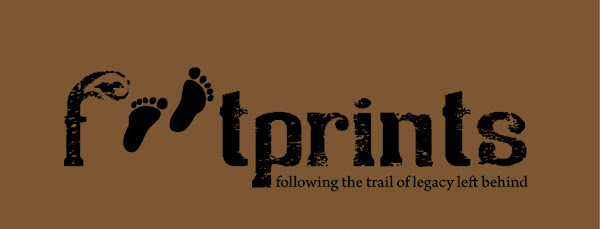Different people define branding in different ways. Here are a few of them.
* It's an aesthetic style that consumers should recognize. (The visual approach).
* It's a consistent message that must be pushed out to consumers as frequently as possible. (The big-advertising approach).
* It's a story that we tell ourselves and each other. (The narrative approach).
* It's a reasonable amount of value that consumers should be willing to pay a reasonable amount for. (The classic marketer's approach).
* It's a culture.
* It's a promise.
* The American Marketing Association (AMA) defines a brand as a "name, term, sign, symbol or design, or a combination of them intended to identify the goods and services of one seller or group of sellers and to differentiate them from those of other sellers. Therefore it makes sense to understand that branding is not about getting your target market to choose you over the competition, but it is about getting your prospects to see you as the only one that provides a solution to their problem.
I guess, the definition of Branding is different for every company. After all, different companies have different customers, services, and business goals! Every company selling shoes with a logo on it can't be Nike. Every company has its own path in crafting a brand.
Here's another explanation given by Mark Hurst.
"The brand is what you tell your friends about afterwards.
When you have a great (or bad) experience with a restaurant/airline/hospital/website, what do you tell your friends about? Do you echo the messaging from their advertising? Do you say, "Hey, try them, because they had the coolest logo"? Of course not: you tell your friends what was important to you - the details about your particular experience. And that's the brand. Nothing more, and nothing less, than the sum total of all the customer experiences served up by that company."
What he says is that a brand is just the customer experience. It's not primarily a story, or a logo, or a style, or even a value proposition. Primarily the brand is just what customers tell each other about: their experience. The logo or advertising play only a secondary role.
But, what if the logo or some communication appears at the first level? Won't the image of the product or the service be created first in the minds of the people and then be realized by them as good or bad after their experience with it?
Hence, branding can also be defined as being the 'customer's perception' of the company, which early on is shaped by commercials, web sites, ad campaigns, stories told by friends and associates etc. That perception is later (hopefully) shaped by their customer experience, which is ultimately more influential than any conceptual incarnation of the brand a company can dream up.
Customer experience can absolutely define the brand, but also creating perceived value for a status, a feeling or desire previously considered unattainable can also define a brand.
Here are some objectives that a good brand should achieve:
* Delivers the message clearly
* Confirms your credibility
* Connects your target prospects emotionally
* Motivates the buyer
* Concretes User Loyalty
To succeed in branding you must understand the needs and wants of your customers and prospects. The brand resides within the hearts and minds of customers, clients, and prospects. It is the sum total of their experiences and perceptions, some of which you can influence, and some that you cannot.
A trial
10 years ago




2 comments:
An important topic-I'm so happy to see it addressed. Different people define branding in different ways.For many big advertising agencies It's a consistent message that must be pushed out to consumers as frequently as possible. brand harvest offers complete brand consultancy services that focuses on brand positioning.
It is really a helpful blog to find some different source to add my knowledge. digital marketing company
Post a Comment